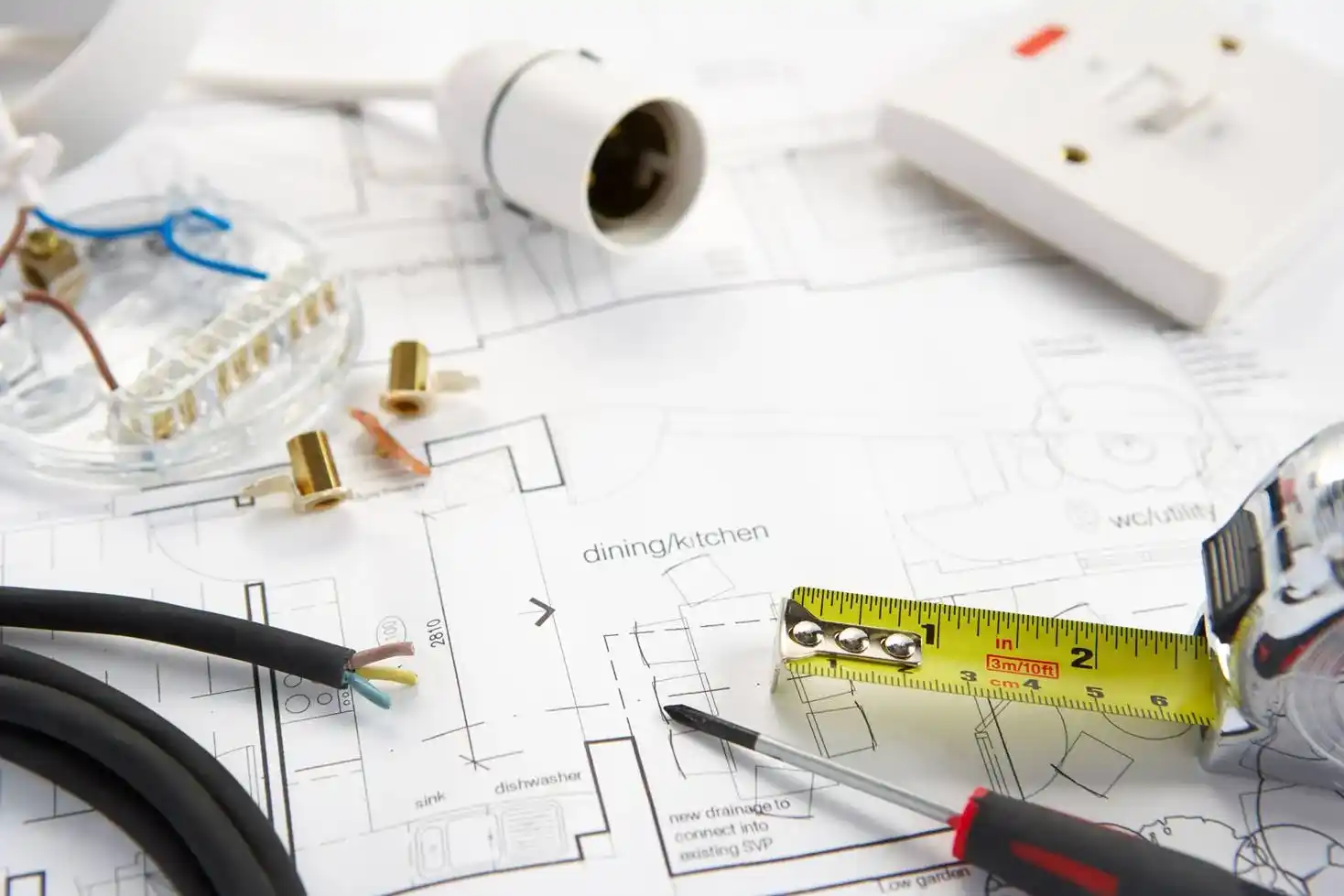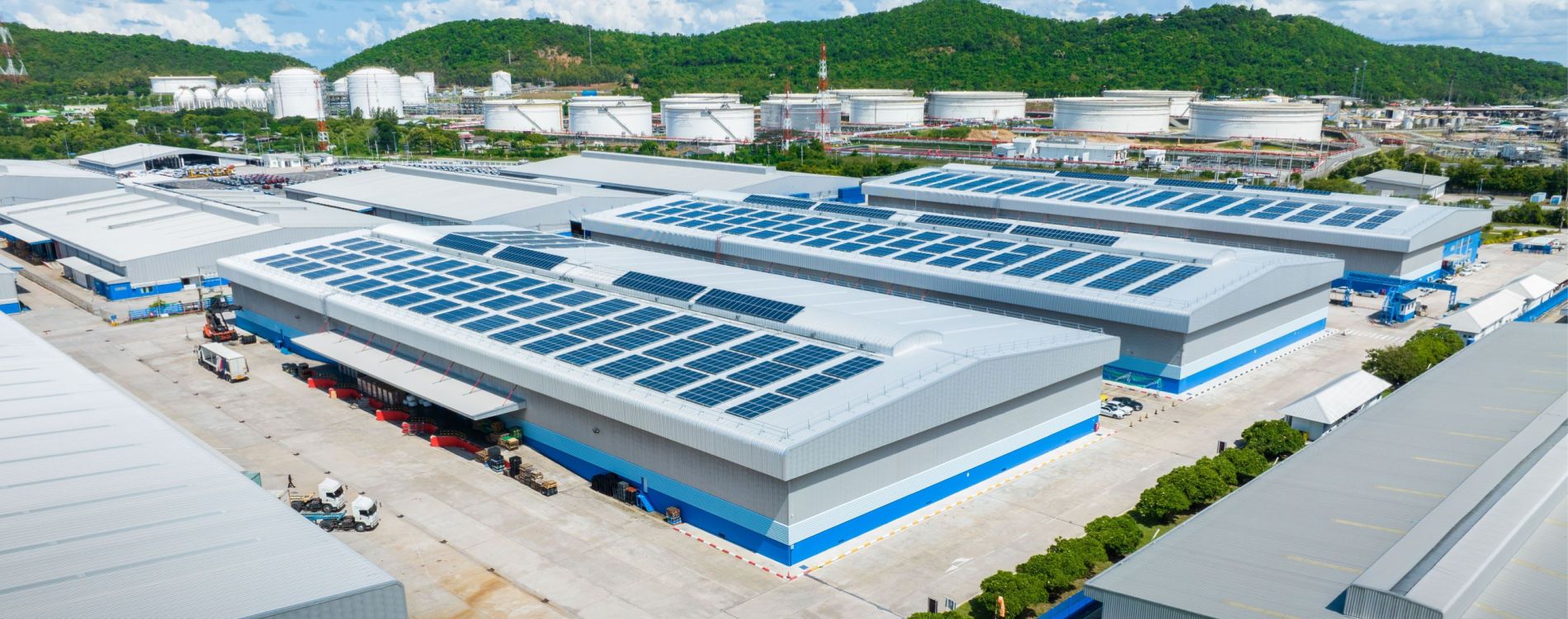Electronically commutated motors (ECMs) can achieve significant energy savings in applications where fractional horsepower is required. Although NEMA Premium Efficiency motors with variable-frequency drives provide the most efficient solution to drive equipment above 1 hp, induction motors are outclassed by ECMs as the rated horsepower is reduced.
What is an Electronically Commutated Motor?
Although ECMs are designed to run with an AC power supply, it is important to note they are actually direct-current motors with permanent magnets on their rotor. Unlike conventional DC motors, which create a rotating magnetic field with a combination of brush contacts and slip rings, ECMs achieve the same effect with a voltage rectifier and an electronic control circuit. As a result, the friction and sparks associated with brush contacts are eliminated, and this is one of the reasons why ECMs are so efficient. They also have a longer service life than brushed motors, since the wear associated with sparks and friction is eliminated. Compared with other common types of fractional horsepower motors, ECMs are the top choice in terms of efficiency:
- Shaded-pole motors are very common and more affordable, but their efficiency is very poor, going below 20% in some cases.
- Permanent-split capacitor (PSC) motors have an average efficiency of 40%, which means they outclass shaded-pole motors. In terms of efficiency, they are an intermediate option between shaded-pole motors and ECMs.
- ECM efficiency is normally above 60%, which means they consume one-third of the energy used by shaded-pole motors on average.
ECMs can also be manufactured with built-in speed control circuits, allowing them to operate at reduced speed without relying on an external VFD. It is also important to note that ECMs do not suffer a drastic reduction in their efficiency when operating below rated RPM. Fixed-speed ECMs are also available for applications where speed control is not necessary.
Electronically Commutated Motors in HVAC Applications
ECMs are normally the most efficient option in fractional horsepower applications, but they tend to deliver the highest savings when used in air-conditioning and refrigeration systems. Being more efficient that shaded-pole and PSC motors, they also dissipate less heat, and the reduced heating effect helps AC and refrigeration systems operate more efficiently. This effect applies for all air-conditioning or refrigeration components that are found inside the conditioned space, such as air handlers and evaporators.
As an example, assume a cold-storage room has an evaporator unit with five shaded-pole motors, consuming 900W each. They are replaced with ECMs that only consume 300 W each.
- 600 W are saved per motor, for a total of 3,000 W.
- However, these 3,000 W are also subtracted from the refrigeration load. If the system operates with a coefficient of performance of 3, an extra 1,000 W of electric power are saved.
- In other words, this upgrade saves 3 kW in motor power and 1 kW thanks to refrigeration load reduction.
Keep in mind this is just a simple example, and each project requires a detailed analysis to know the exact savings. However, the heating reduction benefit applies for all cases where ECM motors are deployed in air-conditioned or refrigerated locations.
The brushless design of ECMs makes them quieter than their less efficient counterparts, which also provides a comfort advantage. In business applications, the silent operation of ECMs helps employees concentrate better. ECMs are also lighter than other types of fractional horsepower motors, which makes them easier to install.
Electronically Commutated Motors in Ventilation Systems
As previously stated, shaded-pole and PSC motors are inefficient. Also, three-phase motors with VFDs are impractical for fractional horsepower applications, unable to offer the efficiency that characterizes them in larger systems. Ventilation systems represent an excellent opportunity to deploy ECMs, for two main reasons:
- Fans with fractional horsepower are common, which means they are often driven by shaded-pole or PSC motors.
- Many fans have intermittent operation, which represents a chance to use ECMs running at reduced speed. For example, running a fan 80% of the time saves 20% of the energy, while running it at 80% speed saves nearly 50%.
ECMs are a highly recommended upgrade for furnace fans, since they can achieve a much more uniform temperature distribution with their speed control, in addition to offering the energy savings that characterize them.
Payback Period of ECM Upgrades
Like with many energy efficiency measures, the financial benefit of an ECM upgrade changes depending on project conditions. The project payback period can only be calculated with precision after a detailed analysis by a professional energy consultant, but in general the following results can be expected:
- Replacing shaded-pole motors normally yields a faster payback period than replacing PSC motors, since the efficiency gain is higher. Of course, there can be exceptions; replacing a PSC motor that is used frequently may yield higher savings than upgrading a shaded-pole motor that is only used moderately.
- ECMs can also be an attractive option in appliances that require speed control. Other types of motors may suffer a drastic efficiency reduction at partial speed.
- As previously mentioned, the energy savings are higher when ECMs are deployed in air-conditioned or refrigerated spaces.
The financial return of an ECM upgrade can also be enhanced if there are incentive programs at the project’s location. For instance, Con Edison offers cash rebates in New York City for the installation of ECMs in reach-in coolers and walk-in coolers and freezers. The incentive is calculated based on yearly energy savings, at a rate of $0.16/kWh.
Conclusion
Electronically-commutated motors (ECMs) can achieve significant energy savings in fractional horsepower applications, especially when they replace shaded-pole motors. However, like with any energy efficiency upgrade, professional guidance is highly recommended when defining the project scope and specifications. When upgrading to ECMs, the return on investment is higher in some cases, and it others the payback period may be too long to justify the upgrade. Ideally, upgrades should focus where the highest return is obtained from each dollars spent upfront.
As motor horsepower increases, the combination of a NEMA Premium Efficiency motor with a VFD emerges as the top choice - a VFD with single-phase input and three-phase output can be used when a three-phase supply is not available.







